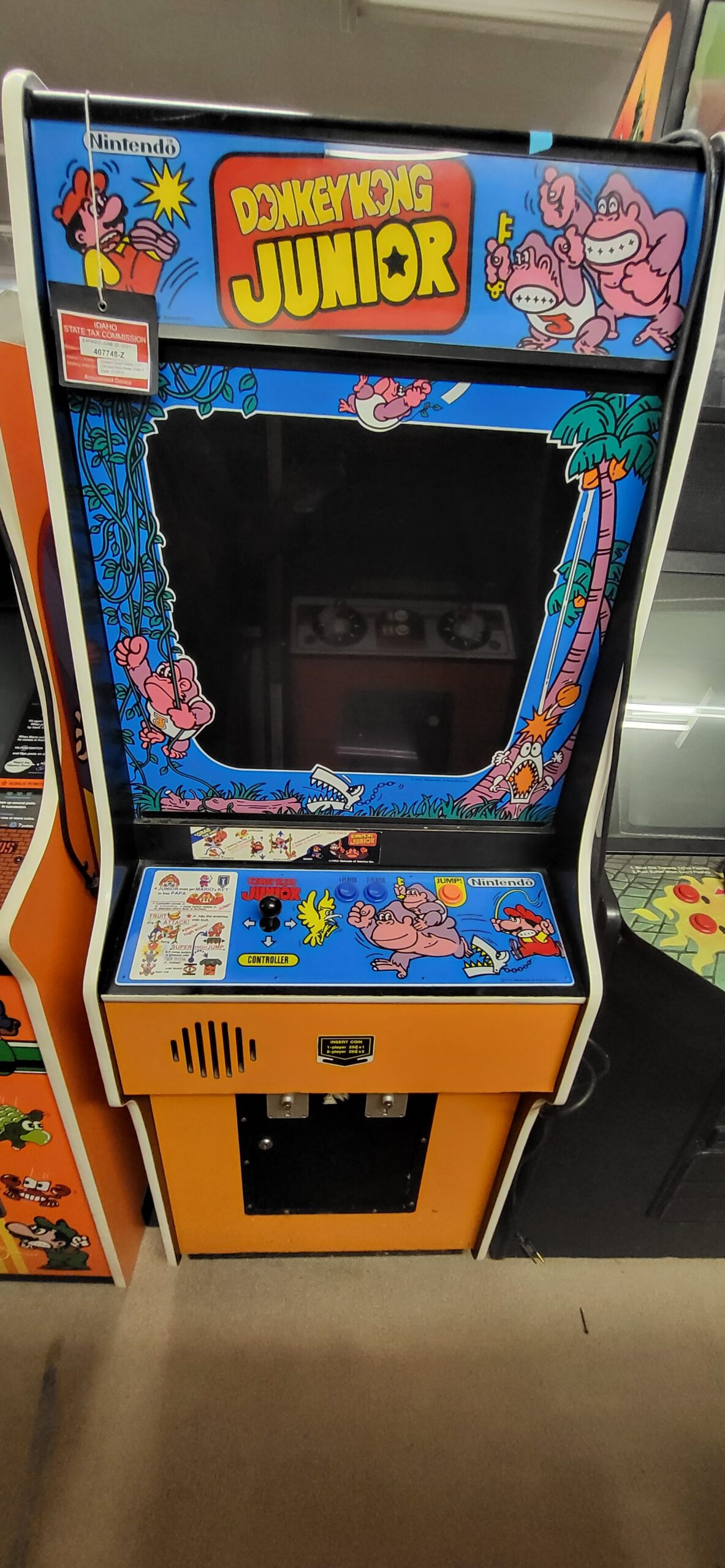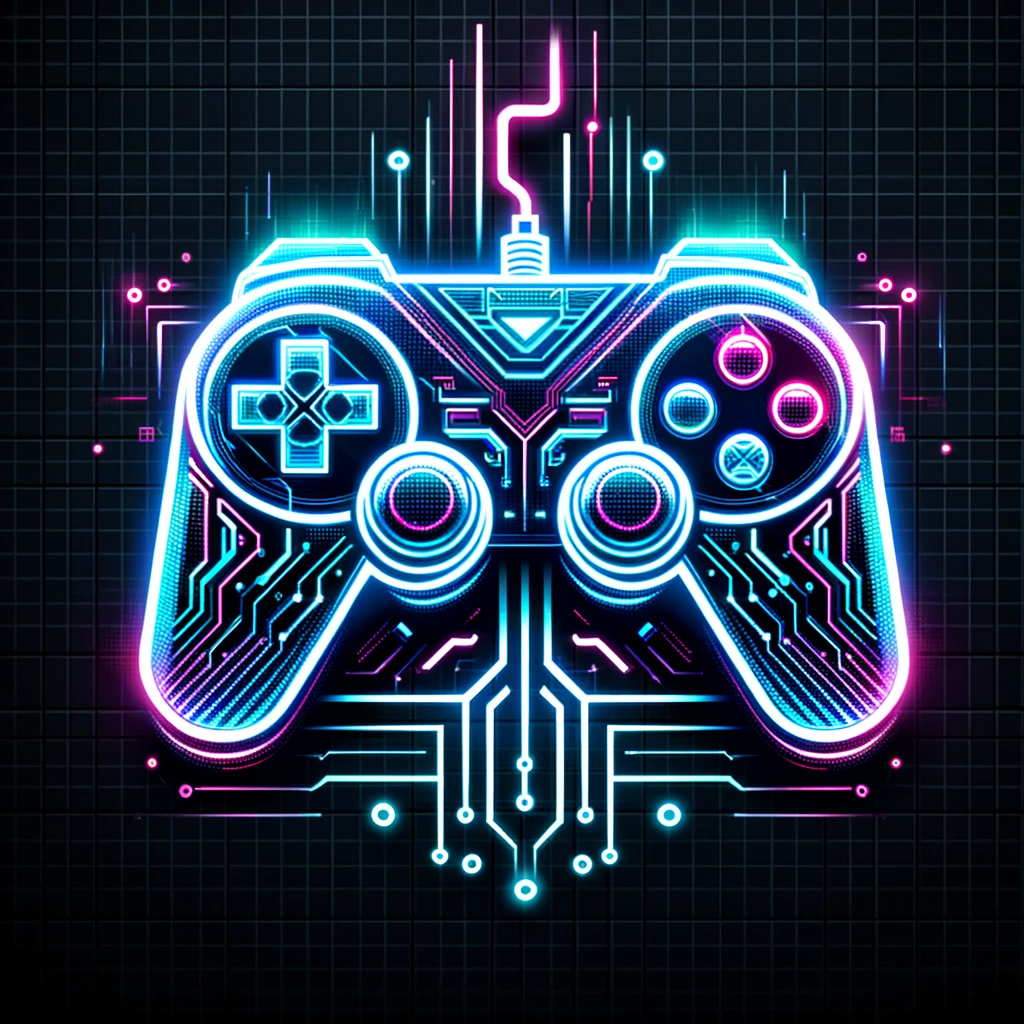
Donkey Kong Jr.
Arcade / Nintendo 1982
“Donkey Kong Jr.” is a classic arcade game developed and published by Nintendo. Released in 1982, it serves as a sequel to the immensely popular “Donkey Kong.” In this game, players control Donkey Kong’s son, Junior, as he embarks on a mission to rescue his captive father from Mario. The gameplay involves climbing vines, avoiding enemies, and solving puzzles across various levels to reach Donkey Kong Sr.’s cage.
The game emerged during the golden age of arcade gaming when Nintendo sought to capitalize on the success of the original “Donkey Kong.” “Donkey Kong Jr.” marked the debut of Mario as an antagonist, and its release showcased Nintendo’s continued innovation in the gaming industry. With its engaging platforming mechanics and distinctive level design, the game contributed significantly to Nintendo’s growing influence in the arcade scene.
“Donkey Kong Jr.” received positive reviews upon its release, praised for its challenging gameplay and introducing a fresh perspective by casting Mario as the villain. The game’s success solidified Nintendo’s position as a prominent force in the arcade market and laid the foundation for the enduring legacy of the Donkey Kong franchise.
“Donkey Kong Jr.” has seen various adaptations across different platforms, including home consoles and handheld devices. It was part of compilation releases such as “Donkey Kong Classics” for the Nintendo Entertainment System (NES). Additionally, the character Donkey Kong Jr. has appeared in subsequent games within the Mario and Donkey Kong franchises.
While “Donkey Kong Jr.” arcade cabinets are not as common as some other classics, they are still relatively obtainable. The exact number of units produced is not readily available, but the game’s popularity ensures a presence in retro gaming communities. Prices for original cabinets can vary depending on condition, with well-preserved units often fetching higher values in the collector’s market.
The arcade cabinet for “Donkey Kong Jr.” typically consists of a CRT monitor, joystick, and buttons. Common repairs might involve addressing issues with the monitor, controls, or power supply. Replacing worn-out buttons and joysticks is also a standard maintenance task. Given the game’s age, enthusiasts often share resources and expertise online for preserving and restoring these iconic arcade cabinets.


